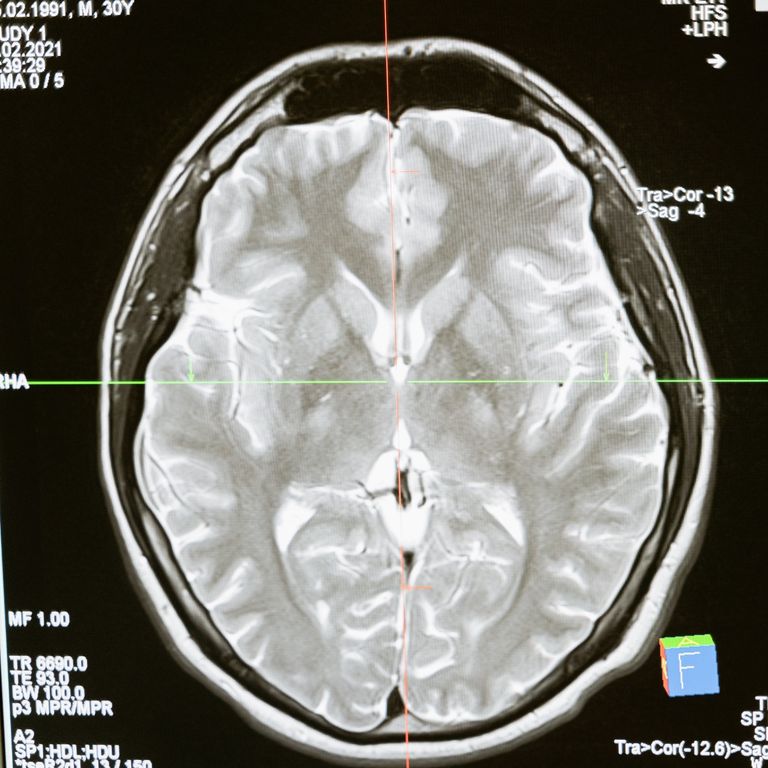What is EMDR?
Eye Movement Desensitization and Reprocessing (EMDR) therapy is an extensively researched, effective psychotherapy method proven to help people recover from trauma and other distressing life experiences, including PTSD, anxiety, depression, and panic disorders.

EMDR Roots
Dr Francine Shapiro, Psychologist, discovered EMDR in 1987 while living in New York. She was diagnosed with cancer while in her English literature program at New York University. As a result of the psychological effects of the cancer, she enrolled in a clinical psychology doctoral program where she discovered herself by studying therapy methods.
As Shapiro was walking thru the park she realized that her traumatic thoughts went away. But when she consciously brought her thoughts back, she noticed that her eyes moved rapidly back and forth. She noticed the thoughts, proceeded by rapid eye movement, felt less intense. She carried on with her self-experiment and experimented with a few cases which were also successful.
Since then EMDR has developed and evolved through the contributions of therapists and researchers all over the World. Today EMDR is a set of standardized protocols that incorporates elements from many treatment approaches.
Dr. Shapiro passed way on June 16, 2019 at the age of 71. However Dr. Shapiros work and therapeutic legacy continues thru the many organizations, clinicians, therapists and especially EMDRIA who continue practicing and providing information and services for EMDR.

The EMDR experience
After the therapist and client go thru a screening process to assess, determine and agree that EMDR therapy is a good fit, the client will work through the eight phases of EMDR therapy with their therapist.
Attention will be given to a negative image, belief, emotion, and body sensation related to this event, and then to a positive belief that would indicate the issue was resolved.
The therapist guides the client thru bilateral stimulation sets (visual, tactile or auditory) to activate and access stored memory networks in the hopes to process information that has been "stuck" and allow for adaptive learning processes to take place. If this occurs the client typically experiences relief once the full spectrum of processing has occurred. The processing experience is unique to every individual.
A typical EMDR therapy session lasts from 60-90 minutes and can go longer. EMDR therapy may be used within a standard talking therapy, as an adjunctive therapy with a separate therapist, or as a treatment all by itself.

EMDR and the brain
Our brains have a natural way to recover from traumatic memories and events. This process involves communication between the amygdala (the alarm signal for stressful events), the hippocampus (which assists with learning, including memories about safety and danger), and the prefrontal cortex (which analyzes and controls behavior and emotion). While many times traumatic experiences can be managed and resolved spontaneously, they may not be processed without help.
Stress responses are part of our natural fight, flight, or freeze instincts. When distress from a disturbing event remains, the upsetting images, thoughts, and emotions may create an overwhelming feeling of being back in that moment, or of being “frozen in time.” EMDR therapy helps the brain process these memories, and allows normal healing to resume. The experience is still remembered, but the fight, flight, or freeze response from the original event is resolved.
What is trauma?
Most of the time your body routinely manages new
information and experiences without you being aware of it.
However, when something out of the ordinary occurs and you
are traumatised by an overwhelming event (e.g. a car
accident) or by being repeatedly subjected to distress (e.g.
childhood neglect), your natural coping mechanism can
become overloaded. This overloading can result in disturbing
experiences remaining frozen in your brain or being
"unprocessed". Such unprocessed memories and feelings are
stored in the limbic system of your brain in a "raw" and
emotional form, rather than in a verbal “story” mode. This
limbic system maintains traumatic memories in an isolated
memory network that is associated with emotions and
physical sensations, and which are disconnected from the
brain’s cortex where we use language to store memories. The limbic system’s traumatic memories can be continually triggered when you experience events similar to the difficult experiences you have been through. Often the memory itself is long forgotten, but the painful feelings such as anxiety, panic, anger or despair are continually triggered in the present. Your ability to live in the present and learn from new experiences can therefore become inhibited. EMDR helps create the connections between your brain’s memory networks, enabling your brain to process the traumatic memory in a very natural way.

Is EMDR right for me?
EMDR is generally a safe treatment option for most individuals however occasionally it may be contraindicated. In such circumstances additional assessment may be necessary to address such issues such as pre-existing conditions that may need additional medical attention.
If you are seeking more information to assess if EMDR might be helpful or beneficial for you please email brenda@diamondlotuspsychotherapy.com or call (323) 364-2165.
